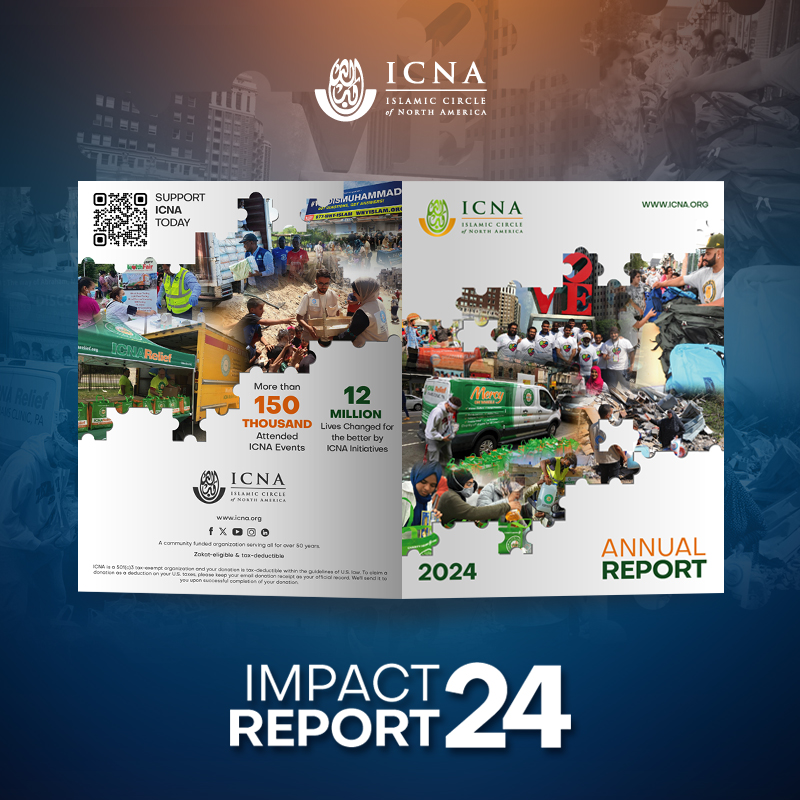
In an otherwise normal, decent world, pornography is not a topic that we would wish to publicly discuss. Talking about issues with negative connotations often brings out the very destructive impact on the public that we intended to avoid. But once a destructive issue is already in the public sphere and impacting society, it is important to discuss it. The case of pornography in the West and most countries in the world is exactly that—it’s way past the threshold. In fact, it’s wreaking havoc in society. Pornography has manifested in its most extreme state of vulgarity in our current time, using the omnipresent technology of the internet and mobile devices.
Pornography has always been a part of human culture, going at least as far back as the fertility cults, with their pornographic drawings, that existed throughout the world. Some researchers suggest that fertility symbols were used as early as prehistoric times. The digital age has given pornography new dimensions and raised concerns about its negative impact on individuals and society as a whole. It’s just like “sugar” in the modern diet causing a public health disaster, it’s omnipresent—you don’t need to seek sugary products explicitly, but added sugar comes to you in every food you buy, be it kids’ milk pouches, juice, bread, ketchup… you name it. Similarly, pornography or the likes of it doesn’t need to be sought explicitly but comes to you as an ingredient in your everyday life—you go to a TV channel, a web page, YouTube, or internet gaming sites—you constantly get baited or even sampled (sampling is a direct marketing technique that offers the consumer a small sample for free so that they will be motivated to purchase the full product after that). Baiting is most often done with soft porn, a gateway to more hardcore pornography. According to definitions.net, softcore pornography is…
“…commercial still photography or film that has a pornographic or erotic component but is less sexually graphic and intrusive than hardcore pornography, defined by a lack of visual sexual penetration. Softcore pornography includes stripteases, lingerie modeling, simulated sex and emphasis on the sensual appreciation of the human form. It typically contains nude or semi-nude actors involved in love scenes and is intended to be sexually arousing and aesthetically beautiful. The distinction between softcore pornography and erotic photography is largely a matter of taste.”
Islamic Clarity About Pornography
For Muslims, there is no distinction between soft- and hardcore porn. Islam is clear on the issue of producing or consuming sexually explicit material of any kind. It hasn’t just declared it unacceptable but creates barriers surrounding it so that society can prevent individuals coming close to it. Islam is the religion of haya, modesty. In that way, Islam provides, so to speak, a natural immunity to pornography. So, we shouldn’t be worried, right? Far from it. This danger is like an infectious virus—indiscriminately attacking Muslims and non-Muslims alike. We’ll go over why the Muslim “immune system” to pornography isn’t working. Let’s understand first the “immune system,” if you will, that’s inbuilt in Islam.
- Islam has put modesty of men and women as a criterion of faith. It’s not just about wearing modest outfits and restricting the mixing of men and women; it is also a lowering of the gaze by both men and women.
- Islam accepts the reality of human biology that drives us sexually. Thus, Islam puts marriage as a top priority to channel sexual impulses in a healthy and productive way. The Qur’an is very clear on every able man and woman getting married unless there’s a condition of prohibitive disability or abject economic hardship where they are advised by God to “fast” to counter the effect of human biology and hormones.
- The Qur’an then takes it to the next level: advising men and women to not even come close to sexual involvement outside of marriage—knowing that humans are created weak and that one must stay away from the slippery slope of immoral activities.
- At a societal level, the Islamic economy has made it very explicit that anything harmful to society shouldn’t be a money-making industry. Alcohol, drugs, gambling, pornography, etc., are prohibited in the Islamic system. That’s a macro-level immunity that Islam provides.
 One should then ask why all the above aspects of such a broad-based defense mechanism is not working for Muslims. The answer is simple — we’re living in a society that promotes a lifestyle that compromises the “immunity” that we are supposed to have. Do not think that it’s only in America or in the West. It’s also ubiquitous in many Muslim countries as most of the world is now following the West as a cultural role model without giving any critical thought to religion or societal stability and well-being.
One should then ask why all the above aspects of such a broad-based defense mechanism is not working for Muslims. The answer is simple — we’re living in a society that promotes a lifestyle that compromises the “immunity” that we are supposed to have. Do not think that it’s only in America or in the West. It’s also ubiquitous in many Muslim countries as most of the world is now following the West as a cultural role model without giving any critical thought to religion or societal stability and well-being.
Pornography is a legal business in most countries. Some may deny that Muslim countries have such an industry. I would argue, however, that the entertainment industry is not far removed from it, and most Muslim countries allow the almost unrestricted flow of Hollywood or Bollywood movies. As mentioned above, soft porn, which is prevalent in movies, is just one step from more hardcore pornographic material.
To make the effect worse, marriage between a man and a woman is being hollowed out, while the uncensored mixing of men and women is encouraged or, many times, structurally necessary in the workplace.
Harming of Faith and Healthy Relationships
 The most devastating harm pornography or the entertainment industry does is that they eat away the foundation of the faith (iman). Imam Ghazzali wrote in his book Minhajul Abedin that if our nafs (self, soul) is a wild beast that drags us to follow our desires, then the gates through which it’s fed are through our senses. The most important sense is our eyes. The more the beast is fed, the wilder it becomes. And it drags you further away from the remembrance of Allah. It’s like a rain shower on a barren land with a downward slope—you put soil on it to farm crops, but the rain washes away the topsoil. Likewise, every exposure to vulgarity washes away your deposit of faith. The exposure to pornography, or similar immodest content, takes away the taste of sweetness from our Ibadah (the regular worshiping activity like salah, fasting, charity, etc.).
The most devastating harm pornography or the entertainment industry does is that they eat away the foundation of the faith (iman). Imam Ghazzali wrote in his book Minhajul Abedin that if our nafs (self, soul) is a wild beast that drags us to follow our desires, then the gates through which it’s fed are through our senses. The most important sense is our eyes. The more the beast is fed, the wilder it becomes. And it drags you further away from the remembrance of Allah. It’s like a rain shower on a barren land with a downward slope—you put soil on it to farm crops, but the rain washes away the topsoil. Likewise, every exposure to vulgarity washes away your deposit of faith. The exposure to pornography, or similar immodest content, takes away the taste of sweetness from our Ibadah (the regular worshiping activity like salah, fasting, charity, etc.).
Another significant concern about pornography is its impact on personal relationships. A study published in the Journal of Sex Research found that high pornography consumption is associated with decreased satisfaction in intimate life in marriage. The unrealistic and often degrading depictions of intimate encounters can create toxic expectations, leading to dissatisfaction and conflict in real-world relationships. Pornography has been cited as a contributing factor in numerous divorces and breakups, further emphasizing the corrosive effects it can have on personal connections.
The addictive nature of pornography is also a significant concern, with 8-9 percent of U.S. adults reportedly struggling with compulsive sexual behavior, often linked to excessive pornography use. Easy access to explicit content online can foster addiction, negatively impacting individuals and families. Alarmingly, 42 percent of unwanted online pornography exposure cases in 2019 involved minors, which can distort children’s understanding of healthy relationships and sexuality. The pornography industry also has ties to sex trafficking, with some individuals being exploited or even coerced to participate. Additionally, excessive pornography consumption is linked to negative mental health outcomes, including depression, anxiety, and risky sexual behaviors, particularly among adolescents.
While society is being corrupted by decadent and often deviant behaviors, the proliferation of pornography in the United States has reached unprecedented levels, due to the internet and technological advancements. The pornography industry in the United States is a multi-billion-dollar behemoth, overshadowing the revenues of even some mainstream entertainment sectors. According to a 2020 report of one of the world’s largest adult content websites, they received a staggering 42 billion visits throughout the year, averaging over 115 million visits per day. This not only underscores the ubiquity of pornography but also highlights its immense influence on the population of the world.
In a forthcoming article, I will discuss how to protect ourselves and our children from the tremendous harms of pornography.





